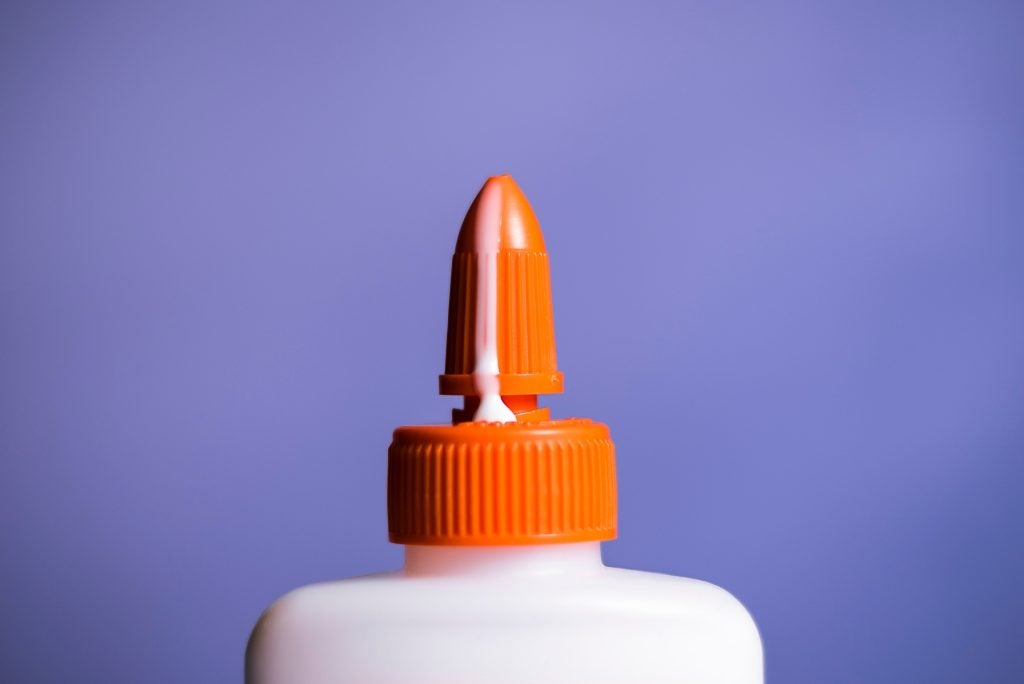
Pre-cum, otherwise known as pre-ejaculatory fluid, is a clear, sticky fluid secreted by the penis during sexual arousal. Pre-cum is different from semen, as it is produced by the Cowper’s glands, and while pre-cum rarely carries sperm, it is usually not enough to cause pregnancy. Pre-cum is capable of transmitting sexually transmitted infections (STIs) like human immunodeficiency virus (HIV) from an infected individual to their partner, so it is recommended to use a form of protection like a male or female condom during sex to avoid any significant risk.
The Cowper’s Gland
As part of the male reproductive system, the Cowper’s glands serve a small but important function. These small glands are also known as the bulbourethral glands. This pair of organs is located just below the prostate gland and are parallel to the urethra, the primary channel which transports urine and semen out through the penis. Just smaller than a pea, the Cowper’s glands primarily function by secreting a clear, lubricating fluid that is pushed out of the tip of a penis, often without any sensation for the individual.
The Function of Pre-cum
This process of secreting pre-ejaculatory fluid most often occurs during the plateau phase of the male sexual response cycle. This fluid contributes to the overall sexual response by neutralizing the urethra, in turn creating a pH balanced environment in which sperm can survive before ejaculation. After exiting the urethra, pre-cum continues to facilitate sexual arousal by lubricating the head of the penis. In addition, pre-ejaculatory fluid is present in semen during ejaculation to protect and more easily allow movement for sperm.1 Pre-cum tends to be a sensitive issue as it was long believed to carry sperm; however, research on this issue has yielded mixed results. Here at SexInfo, we most always recommend erring on the side of caution and using a condom or another form of contraceptive in order to avoid pregnancy and STIs that could result from pre-cum.
Pre-cum and Sperm: Disputing Research
Research from around the globe is conflicting. Some studies suggest that there is no sperm in pre-cum, contrary to other research which has stated otherwise. A 2003 study found no sperm present in samples of pre-ejaculatory fluid from 12 different men. While these findings are significant, they do not necessarily confirm that there is no sperm at all in all pre-cum, especially given the study’s small sample size. It should also be noted that in the previously mentioned study, the samples were left to dry before being analyzed under a microscope and while this would not eliminate the presence of sperm, it is not reflective of how one would experience pre-cum or how it could lead to pregnancy during sexual intercourse.2 These results might suggest to individuals that you are unable to get pregnant from pre-cum, but this is not true every time someone has sex.

On the other hand, Masters and Johnson’s groundbreaking book The Human Sexual Response initially stated that there were “large numbers of active spermatozoa in pre-ejaculatory secretion.”3 This has provided the basis for cautioning individuals to use condoms and refrain from using the “pull-out” method as a primary form of contraception. Continued research suggests that sperm is not as plentiful in pre-ejaculate as Masters and Johnson first implied; however, when sperm is present it is often enough to cause pregnancy. A different study, conducted more recently in 2016, found sperm in seven males’ pre-ejaculatory fluid out of the total 42 participants. While this number is hardly a majority, the sperm were still actively mobile and thus could lead to a pregnancy.3 Another 2011 study conducted in the United States found that 11 of the 27 participants had sperm in their pre-cum, and in 10 of those samples, the sperm were mobile. This study is particularly noteworthy because the researchers took the care to observe the samples under a microscope within two minutes of the subjects leaking the pre-ejaculatory fluid. This is crucial, as it ensures the viability of the pre-cum as a method of causing pregnancy as it could during sex.4 Overall, the research is mixed. There have been a few instances in which pre-ejaculatory fluid contains no sperm at all, and other instances in which a small group of males do have sperm in their pre-cum. These results suggest that it varies each time a male secretes pre-cum as well as on an individual basis. Because of this variability, one cannot guarantee that pre-ejaculate does not contain sperm in any one instance, and as such, one should always use a method of birth control such as condoms to avoid the possibility of pregnancy.
Pre-Cum and STIs
Condoms should not only be used to avoid pregnancy via pre-cum, but should also be worn as a means of avoiding the transmission of STIs via pre-ejaculatory fluid. Research which took place just after the AIDS epidemic yielded results in which pre-ejaculatory fluid was a viable means of transmission for HIV and other infections.5 This information makes it even more important to get tested for STIs regularly, especially if one has recently engaged in unprotected sex. Getting tested and wearing a condom effectively prevents the possibility of unknowingly giving your partner an STI via pre-ejaculatory fluid.
What is a Normal Amount?
In general, males range in the amount of pre-ejaculate they produce. Most individuals produce just a few drops while others produce more than 5 mL. The amount of fluid produced varies from person to person and thus it is impossible to say that any specific amount is “normal.” However, it is possible that an individual produces what they consider to be far too much pre-ejaculate when aroused. Anecdotal evidence suggests that for some males this can be an extremely embarrassing and distressing issue. This is a common issue and is easily treatable. If this is the case, we recommend discussing the issue with a medical professional. A physician might prescribe a series of 5-α-reductase inhibitors to treat this issue.6 In any case, pre-cum is a natural part of the sexual response cycle, varying amounts are very normal and it should not be mistaken for premature ejaculation.
Concluding Remarks

There are many misconceptions about pre-ejaculatory fluid. For decades, sexual health advocates have been encouraging use of the condom to prevent STI transmission and pregnancy via pre-cum. However, it is not always the case that pre-cum contains sperm. Despite this, it is impossible to know (without thorough research) in any one instance of sexual arousal whether there is sufficient sperm present to cause pregnancy and so condoms remain a relevant necessity. Here at SexInfo, we believe that erring on the side of caution is the best course of action when it comes to sexual health and pregnancy. We hope this article helped you to understand the facts about pre-cum so that you can better navigate sexual experiences in the future. If you have further questions about pre-cum, sex, health, or relations, please reach out using our Ask the Sexperts feature.
References
- Chughtai, B., Sawas, A., O’Malley, R., Naik, R., ALI Khan, S., & Pentyala, S. (2005). A neglected gland: A review of Cowper’s gland. International Journal of Andrology, 28 (2), 74-77.
- Zukerman, Z., Weiss, D., & Orvieto, B. (2003). Short Communication: Does Preejaculatory Penile Secretion Originating from Cowper’s Gland Contain Sperm? Journal of Assisted Reproduction and Genetics, 20(4), 157-159.
- Kovavisarach, E., Lorthanawanich, S., & Muangsamran, P. (2016, February). Presence of Sperm in Pre-Ejaculatory Fluid of Healthy Males.
- Killick, S., Leary, C., Trussell, J., & Guthrie, K. (2011). Sperm content of pre-ejaculatory fluid. Human Fertility.
- Ilaria, Jacobs, Polsky, Koll, Baron, Maclow, Schlegel. (1992). Detection of HIV-1 DNA sequences in pre-ejaculatory fluid. The Lancet.
- Chudnovsky, A. and Niederberger, C. S. (2007), Copious Pre-Ejaculation: Small Glands—Major Headaches. Journal of Andrology, 28: 374–375.
Last Updated: 08 February 2018.
